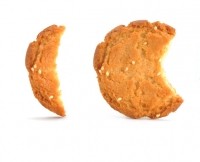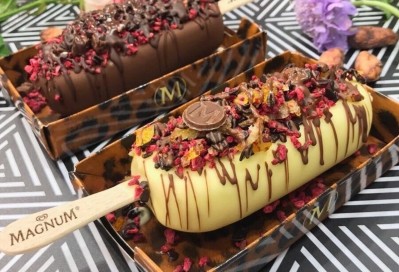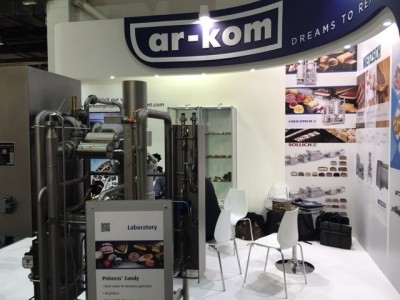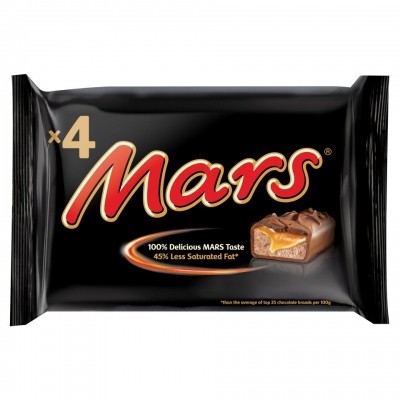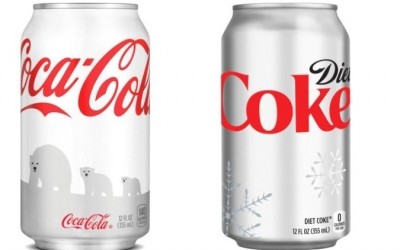Datagraphic
The ones to watch: Euromonitor pinpoints three chocolate markets in the Middle East & Africa

Figures from the research organization show the 10 fastest growing markets in the world by chocolate confectionery value sales from 2010 to 2015.
India and Venezuela come out joint top as the fastest growing markets, both with a compound annual growth rate (CAGR) of 17.2% over the period.
Venezuela’s currency inflation makes India by far the fastest growing market for chocolate, leading to major investments from the big players. For example, domestic market leader Mondelēz announced in 2013 it would build a $163m plant in Andhra Pradesh, Mars this year announced a $160m plant in Pune and Hershey setup its own subsidiary in the country in 2012.
China also makes Euromonitor’s top 10 growing chocolate markets with a 8.7% CAGR over the period. Although chocolate sales growth in China have slowed recently, leading to a profit warning from Hershey, it remains a highly attractive market.
Sources: Euromonitor International, CIA World Factbook, World Bank
Middle East & Africa: The race is on
But Euromonitor food analyst Jack Skelly said huge potential for chocolate exists outside India and China in three other burgeoning markets: United Arab Emirates (UAE), Saudi Arabia and Algeria.
Venezuela and Argentina: ‘Two to avoid’
“Venezuela and Argentina are two to avoid,” says Euromonitor Jack Skelly. High inflation in the two countries distort sales growth figures.
“Across the Middle East there’s been a push from chocolate companies and even though there’s a lot of inequality in the region, rich people spend a lot on chocolate.” said Skelly, adding that economic union of Gulf Cooperation Council countries (Bahrain, Kuwait, Qatar, Saudi Arabia, Oman and UAE) was a further business incentive.
Luxury proposition
“The Middle East market would be very good for Lindt or Ferrero as it favors premium brands,” said the analyst.
Ferrero is the number four player in the Middle East & Africa with an 8% share, while Lindt is seventh place with a 3% share, Euromonitor data shows.
Skelly said chocolate markets in the region were far less consolidated meaning Lindt and Ferrero could theoretically grow to become a market leader.
Large confectioners have recently announced big money investments in Egypt intended to spur growth in the region. Nestlé recently said it would invest $138m in Egypt in the next few years, while Mars added an $83m line for Twix production in the country in 2013 with 70% of capacity at its 6th of October City going to export markets in the Middle East & Africa.
UAE & Saudi Arabia: Chocolate as a wealth symbol
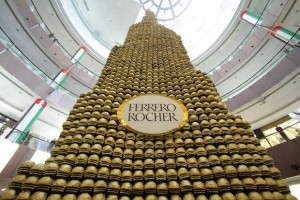
“The UAE and Saudi Arabia punch above their weight in the Middle East & Africa,” said Skelly.
Annual chocolate spend per person in the United Arab Emirates ($38) and in Saudi Arabia ($31) is far above the average for Middle East & Africa ($4), according to Euromonitor data. But chocolate spend is still below averages in Western Europe ($72) and North America ($58), spelling opportunities for manufacturers.
“[The UAE and Saudi Arabia] are quite good markets for premium brands to move into. People buy brands as a wealth symbol,” said Skelly.
Mars’ premium brand Galaxy for example is the most popular brand in Saudi Arabia with a 14% market share, according to Euromonitor.
“Galaxy is seen as a bit classier in Saudi Arabia than the standard chocolate fare,” said Skelly.
He added that premium brands could boost brand recognition in the UAE and Saudi Arabia with own brand retail outlets or a presence in duty free stores. Ferrero for example wowed consumers at Dubai airport with a replica of the world’s tallest building, the Burj Dubai, made from Ferrero Rocher.
Trendspotting: Taking the biscuit
Euromonitor analyst Jack Skelly said the fastest growing chocolate markets tended to be ones growing from a low base where snack foods were better sellers. “Chocolate isn’t the most popular type of snack in all these markets – biscuits tend to be more popular,” he said, adding that chocolate makers saw an opportunity to steal share from biscuit companies.
Major companies already realize the potential of the Saudi and UAE chocolate markets. In 2013, Mondelēz entered a joint venture with Olayan Group, and Khalifa Algosaibi Group to increase distribution in Saudi Arabia through the newly inaugurated Mondelēz Arabia for Trading LLC. Late last year Mars, the market leader in both countries, announced a $140m plan for new manufacturing facilities in Saudi Arabia and the UAE to up production of its Galaxy and Snickers lines.
Algeria grows from a low base
Skelly said Algeria was another market to watch. The average annual chocolate spend in Algeria is above the regional average at $12 per year and Euromonitor expects the chocolate confectionery market is set for year-on-year growth of 18% in 2015 to $468m in value sales. That’s above the research body’s 12% growth prediction for the Middle East and North Africa.
Skelly said that local manufacturers had driven growth in Algeria as larger players were deterred in the aftermath of the Arab Spring, but he said big firms may soon see an opening.
Mondelēz and Ferrero lead the Algerian chocolate market, but it is highly fragmented with 38% of the market made up of companies that command only a 0.1% share, says Euromonitor.

